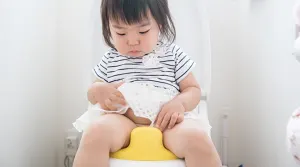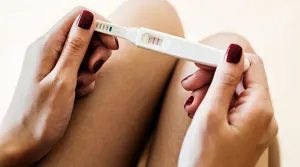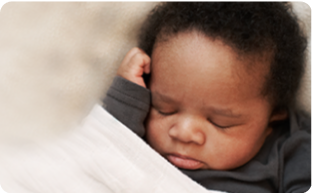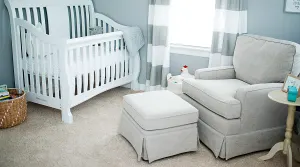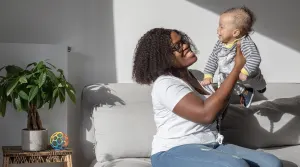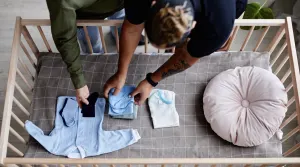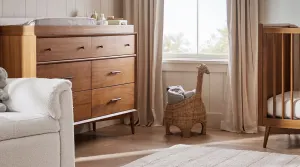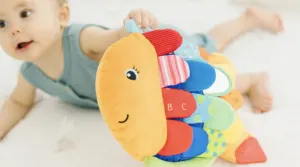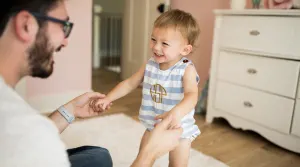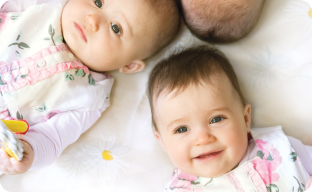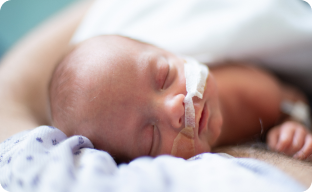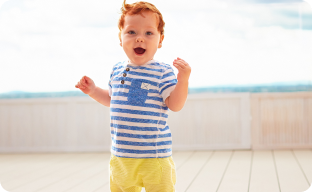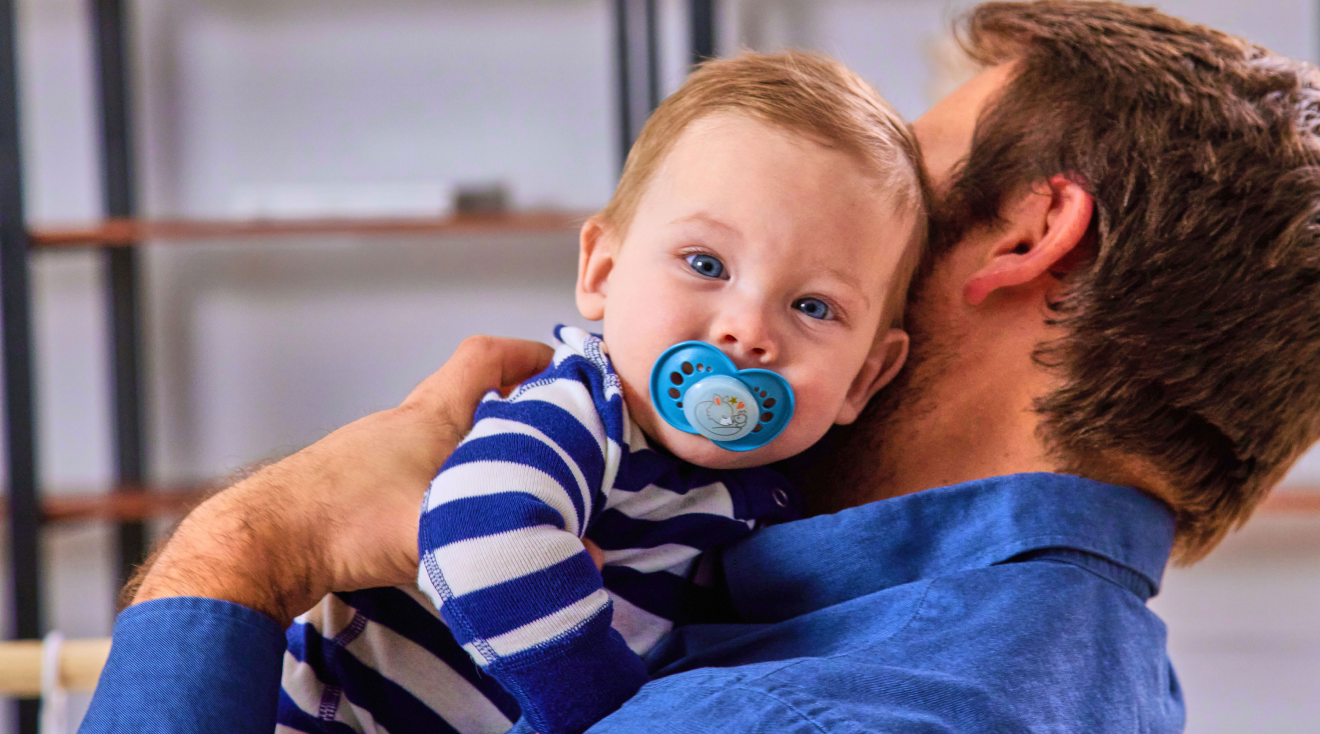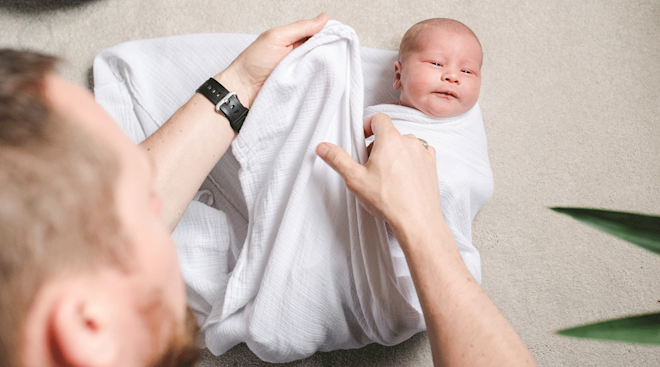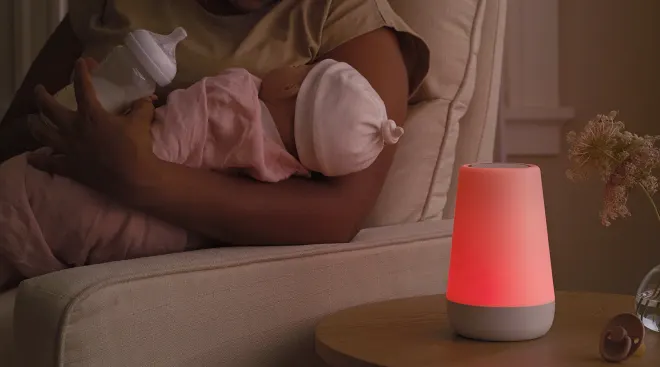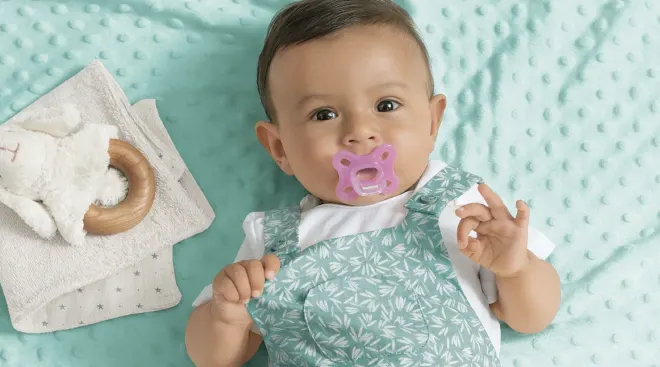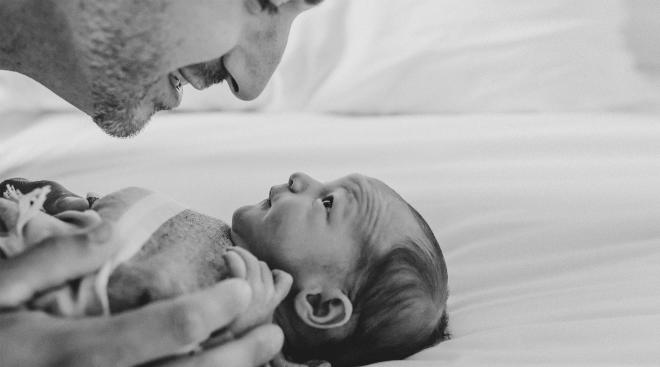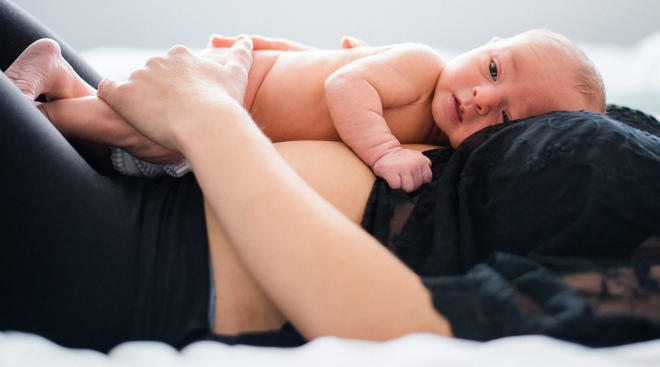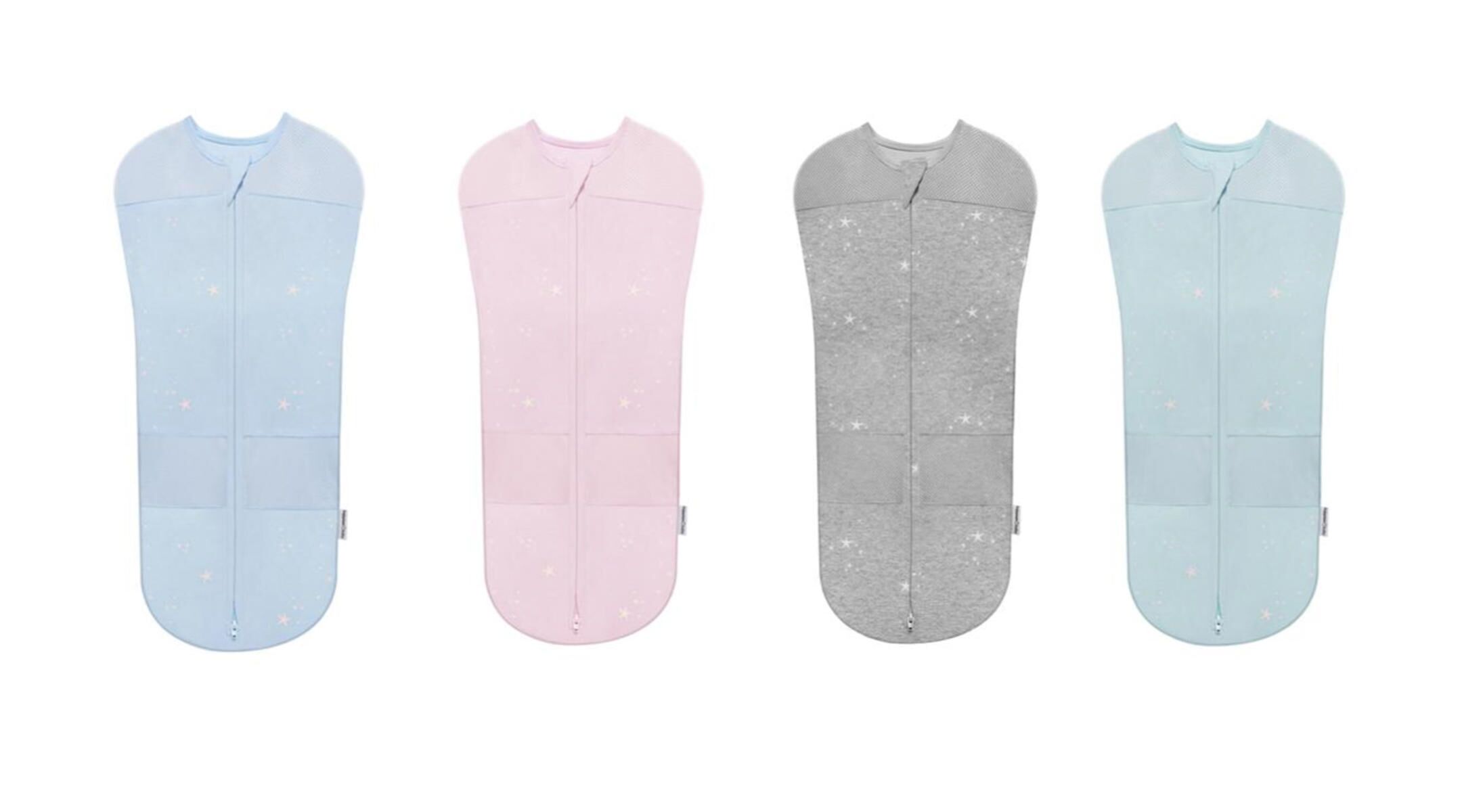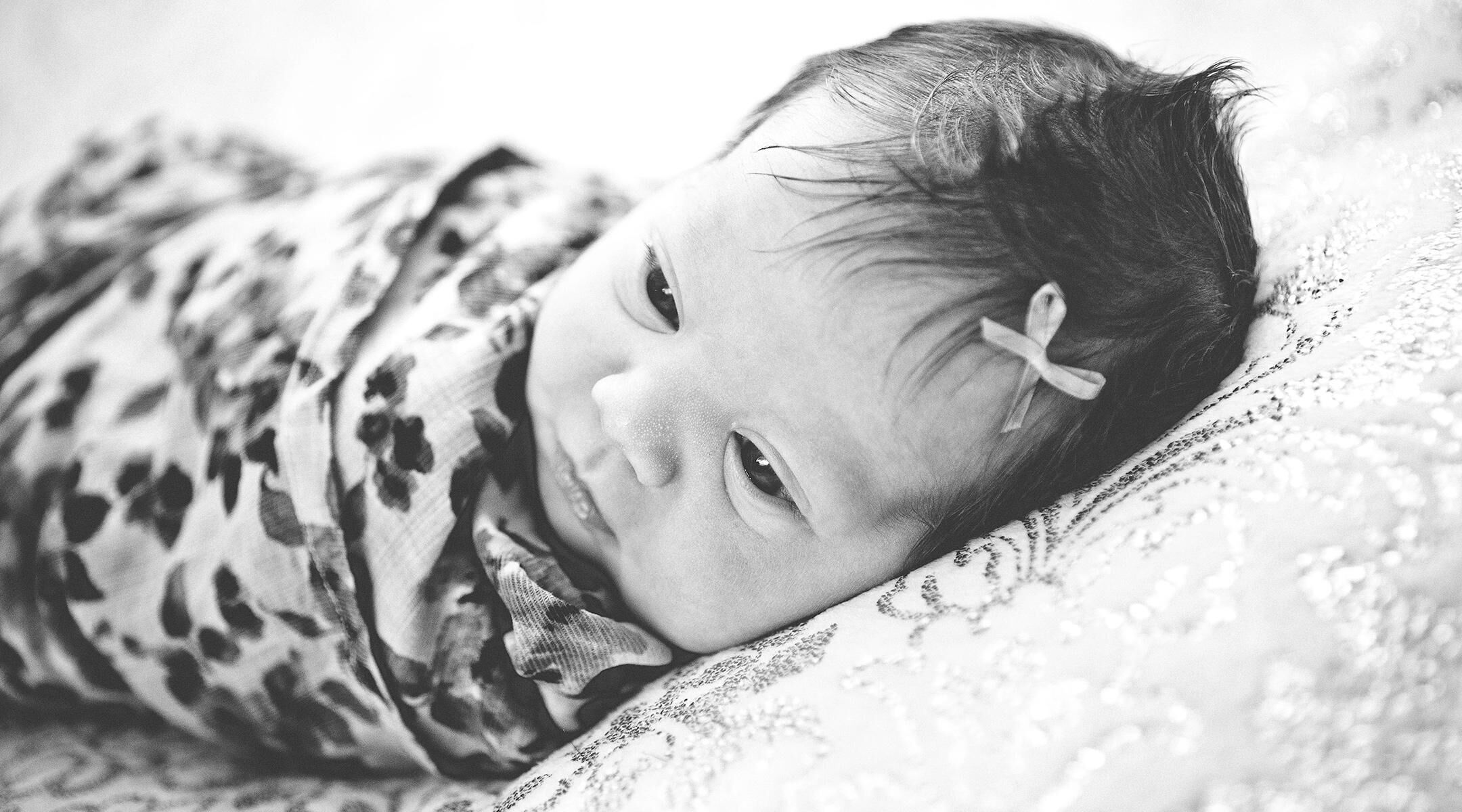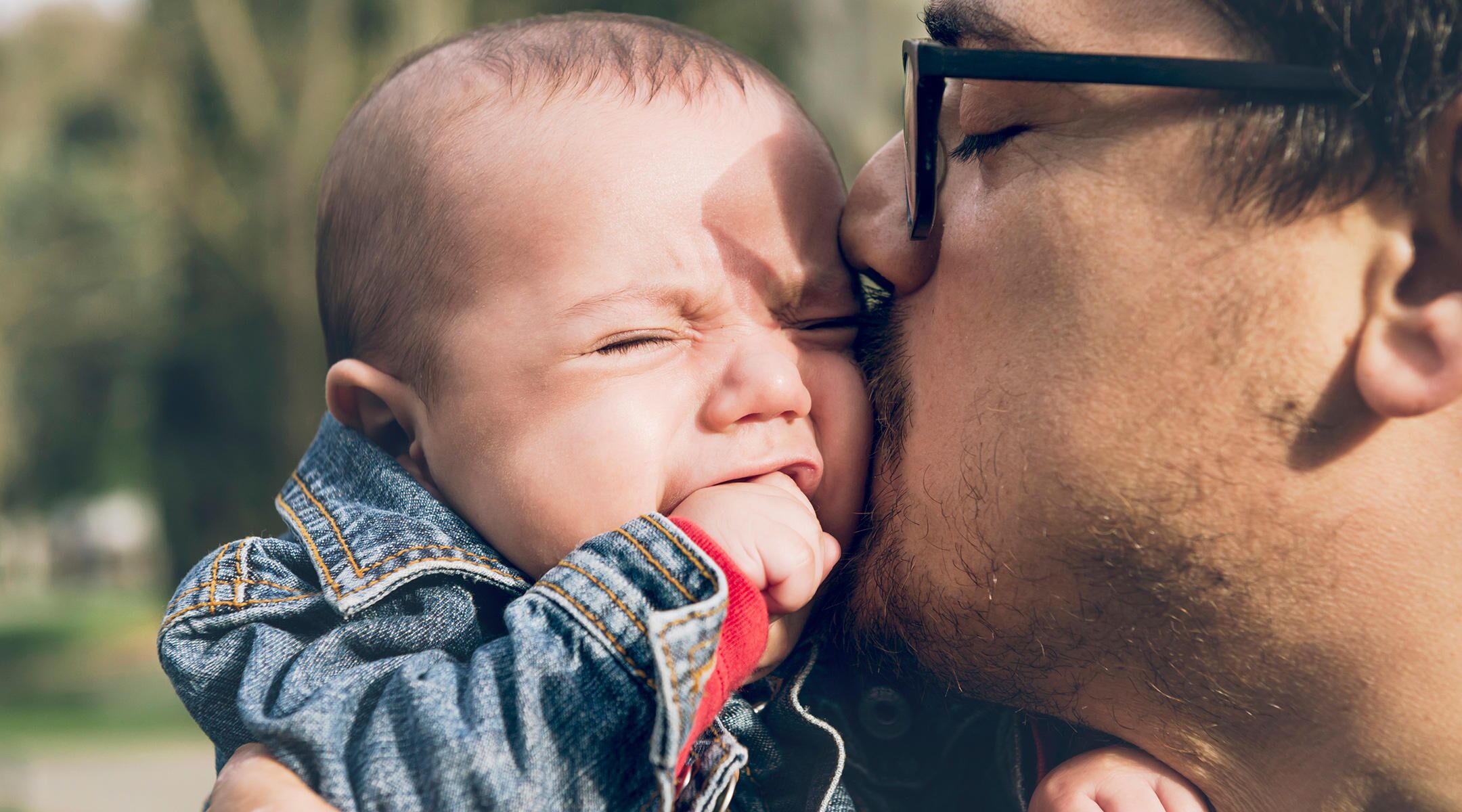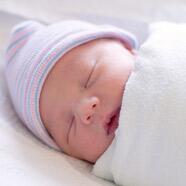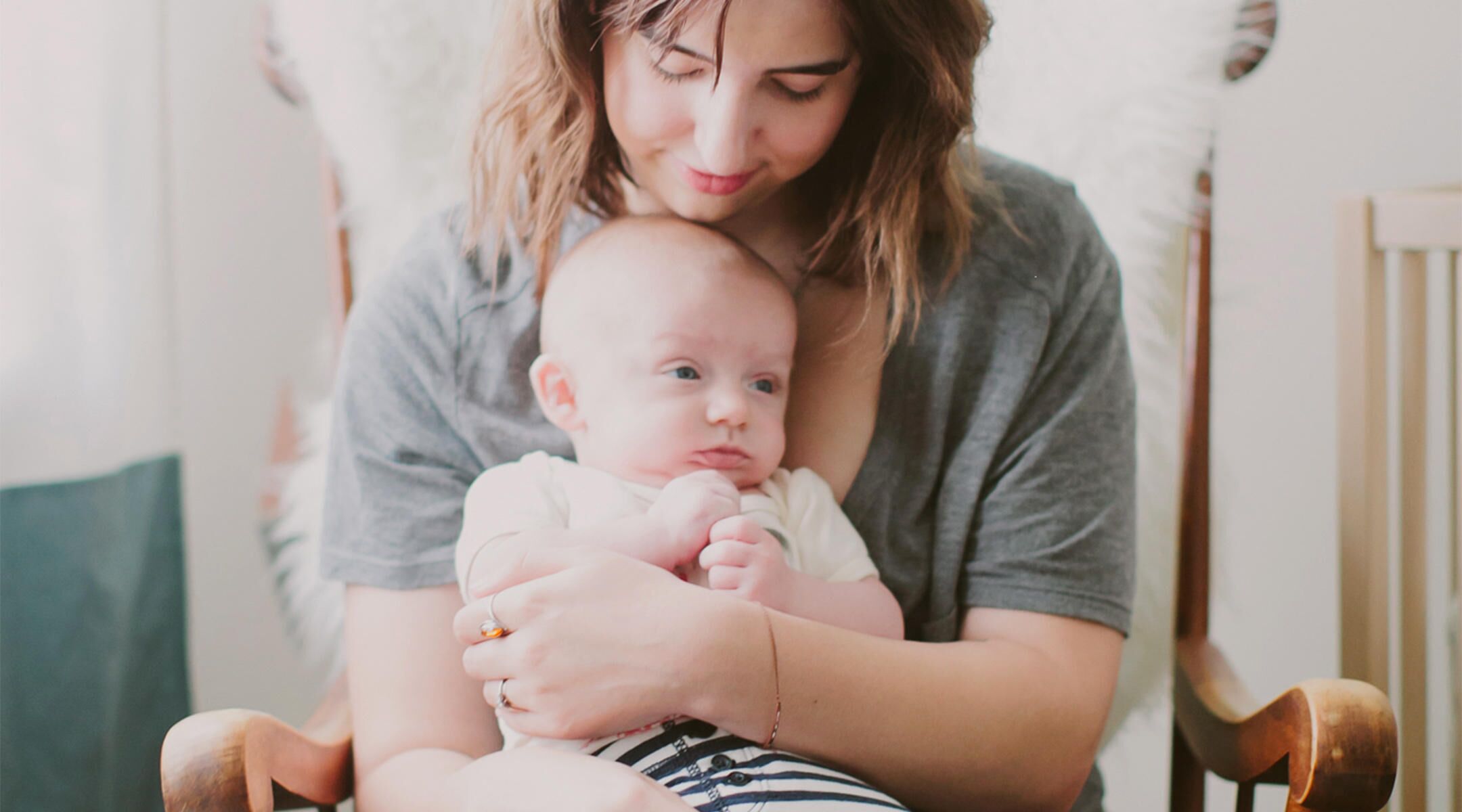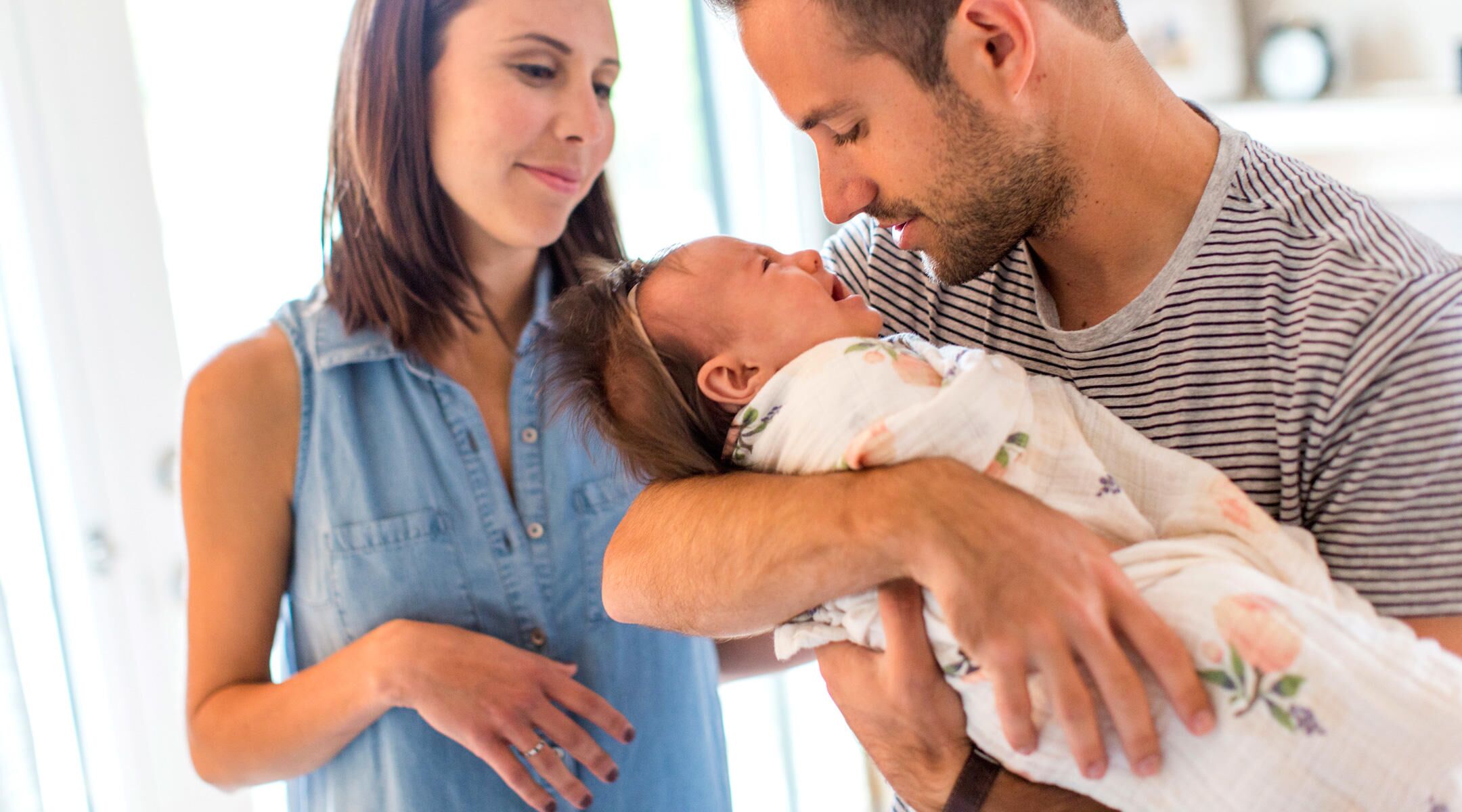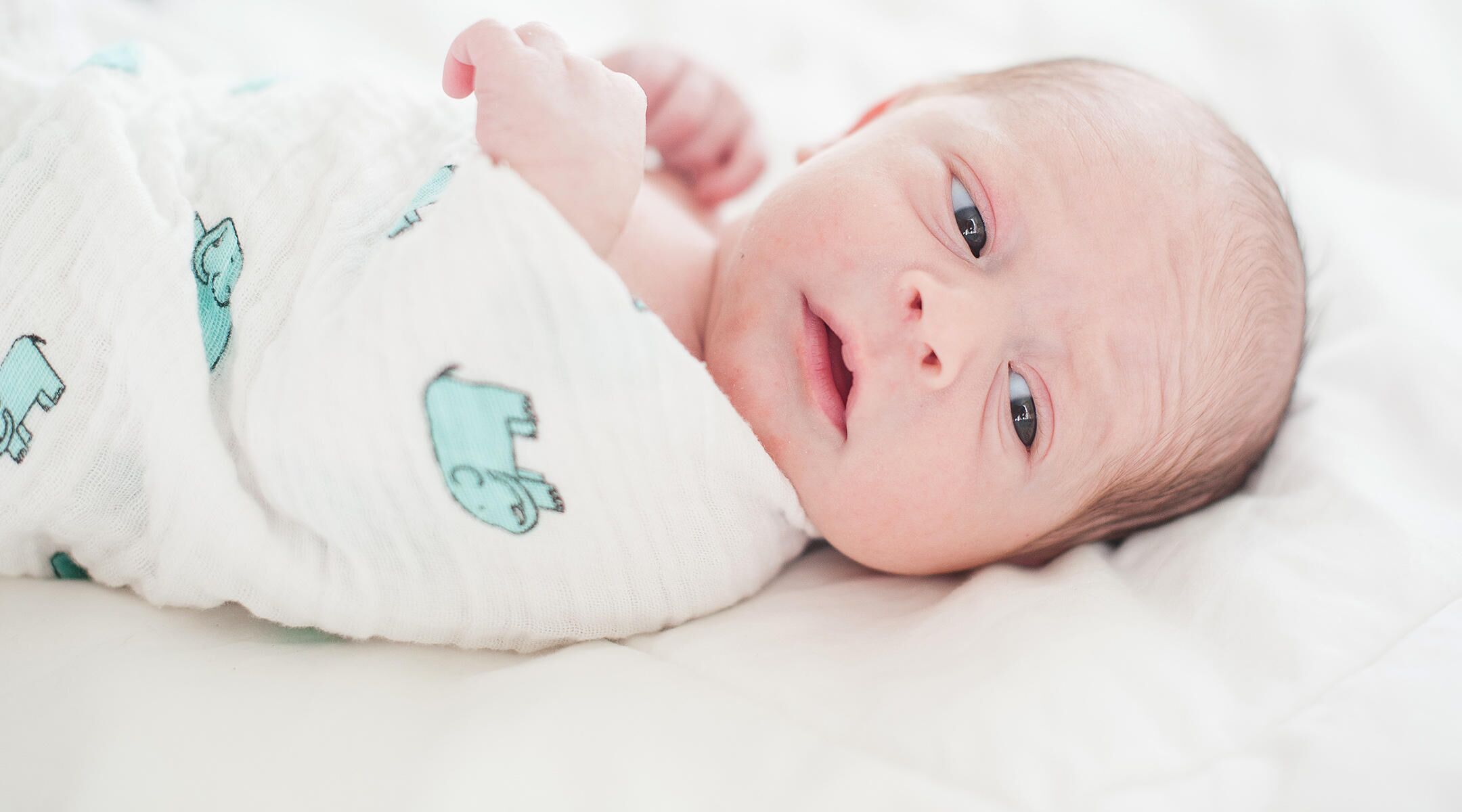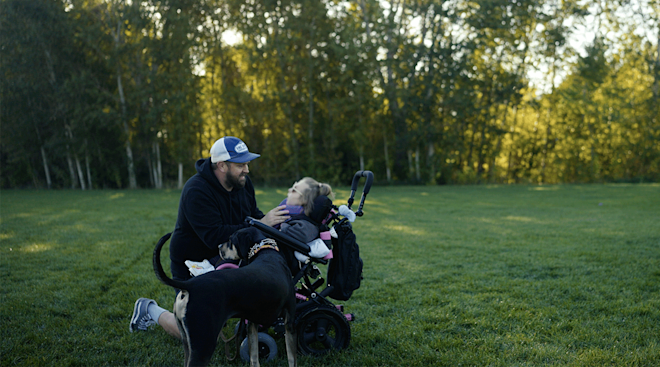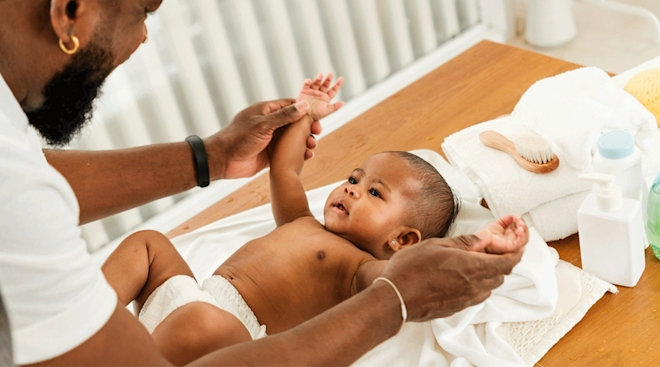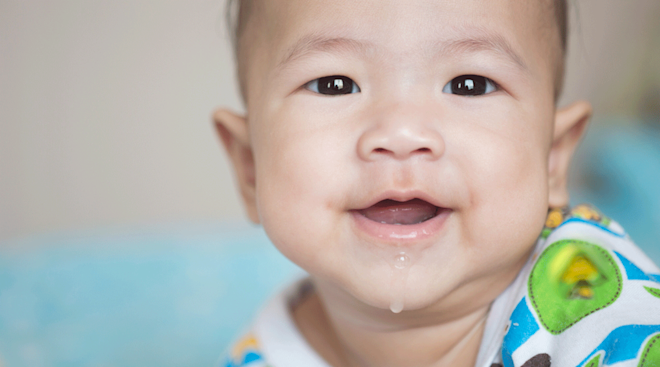The Truth About Pacifiers, According to Experts
Take the survey at the end of this article for a chance to win a $100 gift card!
Honestly, as a brand-new parent I feared introducing baby to a pacifier. I worried about things like nipple confusion and misaligned teeth, not to mention becoming overreliant on this soothing device.
It turns out, I had nothing to worry about. According to experts, as well as the American Academy of Pediatrics (AAP), pacifiers are not only safe for babies to use, but they can even have benefits like pain relief and a reduced risk of Sudden Infant Death Syndrome (SIDS). Here’s what you should know about pacifiers—from the benefits to the features to look for, plus how to introduce one to baby.
Despite their somewhat controversial reputation, there’s no reason to fear the use of pacifiers. In fact, the American Academy of Pediatric Dentistry (AAPD) formally supports pacifier use in babies (with some safety guidelines, of course) and explains some of the associated benefits.
- Won’t interfere with breastfeeding. Introducing pacifiers—even at birth—has been shown to have no effect on breastfeeding rates or length in healthy, full-term infants. New parents often avoid “introduce[ing] pacifiers because they’re afraid it will cause nipple confusion, which is not true," confirms NICU infant feeding specialist and MAM Ambassador Meg Cook.
- Provides pain and colic relief and reduces SIDS risk. Using a pacifier may even help soothe babies with colic and other discomforts by providing relief through sucking. Studies have also shown that pacifier use is associated with a reduced risk for SIDS.
- Promotes self-soothing. Cook adds that because babies are born with a natural sucking reflex, introducing a pacifier teaches them to calm themselves independently. “The sucking reflex is a primal instinct and it provides comfort and a sense of security,” she explains.
- Decreases the chance of thumb-sucking. The AAPD found that pacifier use before four months of age was associated with a lower risk of thumb-sucking altogether.
- Acts as a sleep cue. As baby gets older, pacifiers can help a baby develop a positive association with their crib when used exclusively for bedtime and naps. “Non-nutritive sucking is an important tool to help infants calm their nervous system,” says Meg O’Leary, founder and sleep consultant at A Restful Night, who is also partnering with MAM. “I always tell parents that soothing a newborn is like a recipe and you need to assess your baby’s preferred ingredients.”
Not every pacifier will be love at first sight, but sometimes it’s just a matter of how you introduce it. So, if you’re willing to give it a try, here are some suggestions for how to properly use and take care of them:
- Use baby’s natural sucking reflex. To introduce a pacifier, pediatric dentist and MAM partner Jeremy Dixon, DDS, suggests gently stimulating the lower lip and tip of the tongue to trigger the suckling reflex. Don’t get discouraged if it takes some time. “It doesn’t always happen on the first try,” he notes. If baby is still resistant, O’Leary recommends adding in some additional soothing techniques, like swaddling or white noise, while offering the pacifier.
- Don’t overuse it. While it’s perfectly safe to introduce a pacifier, O’Leary cautions newly nursing parents to avoid overreliance, as it may lead to missed feeding cues. The key is to make sure baby isn’t actually hungry before offering them a pacifier. “Establishing a good feeding rhythm is important both for baby’s growth and weight gain but also for breastfeeding [parents] if nursing,” she notes.
- Keep it clean. The AAPD recommends regularly sterilizing and disinfecting pacifiers. Always check the instructions, but most pacifiers can safely be cleaned in a sterilizer or by boiling for 15 minutes. Plus, regular sanitization can help prevent bacterial and yeast growth that could be harmful to a baby’s health. (Pro tip: Look for pacifiers with sterilizing cases to keep it safe and clean, like MAM’s Original Night two-pack. Thank us later!)
- Inspect it regularly. It’s important to regularly look for signs of wear and tear, which could pose a safety hazard. “Be sure to replace pacifiers at the first sign of any holes or breaks in the silicone,” says O’Leary. Switch out pacifiers when broken, when your child is sick or every 4-8 weeks.
- Aim to wean between 2 to 4 years old. According to Dixon (and the AAP), pacifiers can be used safely with toddlers, and most studies suggest that as long as children are weaned off the pacifier by age 4, it shouldn’t interfere with oral development, and their teeth will most likely end up where they’re supposed to be.
- Know the nighttime routine. Rest assured, babies can use their pacifiers safely at bedtime. Just follow all AAP sleep guidelines, including putting baby to sleep on their back and removing any clips or miscellaneous attachments from the crib. O’Leary also warns parents to resist the urge to pop baby’s pacifier back in throughout the night. “Make sure that your baby isn’t reliant on you to insert the pacifier every time it falls out because it could create a reliance on you overnight and during naptime,” she says.
Just like it may take time to see whether baby could benefit from a pacifier, it can also take time to find the right one. You may need to experiment with different types and styles to find one your little one prefers, but these are the features you’ll want to prioritize.
Choose a pacifier with:
- The right size for baby’s age. It’s a common misconception that pacifiers are one-size-fits-all. But O’Leary explains that different ages need different sizes, so check the label.
- A guard diameter that’s big enough. The guard is the structure at the base of the nipple that keeps the pacifier in place. Dr. Dixon recommends choosing a high-quality silicone pacifier with a guard diameter of at least 1.5 inches.
- Ventholes. These can help increase airflow on baby’s skin to reduce irritation from rubbing near their mouth.
- A slim profile. Dixon recommends finding a pacifier with a nipple that allows the mouth to close around it more naturally than something cylindrical. “Pacifiers with a slim nipple profile can reduce the possibility of orthodontic tooth changes as your baby gets older,” he explains.
- An easy-to-grasp design. By 5-6 months, baby may be able to insert their pacifier on their own, so a silicone nipple with a rigid, grippable base is helpful for babies learning to grab independently.
Our pick: MAM pacifiers; Amazon.com
We love MAM pacifiers for their safety profile, wide range of sizes and proven health benefits. Plus, they’re developed with medical experts, like pediatric dentists and orthodontists, so you know they have a pro stamp of approval. Keep baby comfortable with a MAM pacifier that checks all the boxes—choose from Comfort, Original, Air, Perfect or Supreme to find the right fit for your little one’s needs. Plus, MAM pacifiers are made with additional features to help make parents’ lives easier, like Night versions with glow-in-the-dark shields and two-packs that come in a microwavable sanitizing case for easy cleaning.
Tell us what you think about the article you just read! Take the survey and you’ll automatically be entered for the chance to win one of three $100 American Express gift cards.
Please note: The Bump and the materials and information it contains are not intended to, and do not constitute, medical or other health advice or diagnosis and should not be used as such. You should always consult with a qualified physician or health professional about your specific circumstances.
Meg Cook, MS, OT/L, is an infant feeding specialist at Northside Hospital with more than 20 years of experience in neonatal care.
Jeremy Dixon, DDS, is a pediatric dentist at Gramercy Pediatric Dentistry in New York City. He graduated from SUNY Buffalo School of Dental Medicine Cum Laude in 2000, and went on to complete his specialty training at North Shore-LIJ Health System. Dr. Dixon is also a member of the Weill Cornell Cleft and Craniofacial Team, dedicated to the treatment of patients with craniofacial disorders.
Meg O’Leary, is a certified sleep consultant and founder of A Restful Night. She received her certification from the Center for Pediatric Sleep Management.
Navigate forward to interact with the calendar and select a date. Press the question mark key to get the keyboard shortcuts for changing dates.







